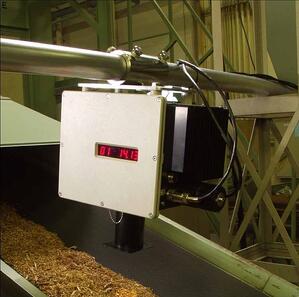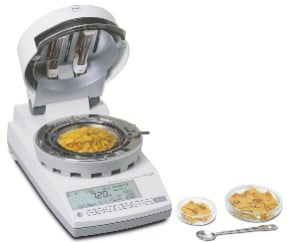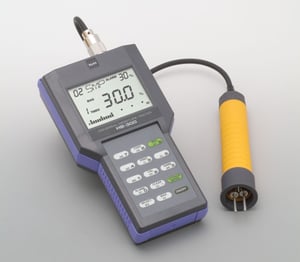 While it may not be the first or even the second crop that most Americans think of when they think of farms across the United States, rice farmers across the country sustainably grow 20 billion pounds of rice each year in some states, including:
While it may not be the first or even the second crop that most Americans think of when they think of farms across the United States, rice farmers across the country sustainably grow 20 billion pounds of rice each year in some states, including:
- Arkansas
- California
- Louisiana
- Mississippi
- Missouri
- Texas
Half of these crops are consumed here in the United States, making up half of the total amount of rice the country uses. The other half is exported to over 120 countries around the world, contributes $34 billion to the national economy, and provides jobs for 125,000 people in the U.S. Though it may not be the crop that is top-of-mind when we picture American farmland, rice is a major part of our farming system here in the states.
How do farmers support the growth of rice in the U.S.?
Growing Rice Stateside
In the United States, rice is grown in large and expansive fields that are referred to as checks. These checks can be flooded for proper rice crop growth. Rice is not like other plants. It is a semi-aquatic plant, which means it needs constant irrigation to grow.
Planted in between rice crops is a crop called "vetch". Vetch is planted in the checks to promote crop rotation and sustainability. It also promotes crop growth, development, and recovery of Nitrogen in the soil.
To prepare a rice check for planting, farmers pull a special plow (called a moldboard plow) to turn under the vetch to serve as compost and fertilizer for the coming rice crop. Next, farmers work to level the rice check for planting. This is often done with GPS and laser-guided earth-moving equipment to obtain a precise, flat, and level growing space. This helps farmers cut down on water use and can also increase productivity.
Rice thrives in clay soil, despite other plants struggling. Clay soil softens underwater and retains water in the check once it’s saturated — essentially forming a big bowl in which the rice is planted — this kind of soil is ideal for growing rice. Irrigation systems or earthen levees enable farmers to flood the field once it is time for growing. Each rice check is kept flooded with 6 to 8 inches of water until it is ready to be harvested. Rice is also treated with pesticides and herbicides to support healthy plant growth.
Preparing for Harvest
By mid to late summer, (usually around 120 days after planting) rice plants begin to reach maturity, with grains appearing in long panicles on the top of the plant. When the rice reaches maturity, farmers drain the water from their fields.
Once the check is emptied, a sophisticated harvester or combine cuts the rice, separating the kernels from the stems and husks as they go. The rice must then be dried and stored before it is milled. Harvested grains are taken to drying facilities, where warm air is gradually forced over the rice to reduce the moisture content to a level that is suited for storage and milling.
Rice reaches maturity in the field at a moisture level anywhere between 20% and 25%. According to the Rice Knowledge Bank, at this time, grains should be firm — not brittle — when they are squeezed between the teeth. Kett’s Riceter is the gold standard for handheld rice and grain testers and can deliver accurate moisture measurements in the field. It is simple to use and samples are measured using a capacitance circuit, with moisture percentages displayed on its LCD screen. It takes just under five seconds for a laboratory-quality moisture reading, which gives farmers the ability to take rapid samples throughout their check. As many as nine consecutive measurements can be displayed and averaged on the Riceter.
When it is time for rice to be dried after harvest, the KJT70 Online Near-Infrared Composition Analyzer offers rapid refreshes and instantaneous results for accurate measurements of moisture levels in drying rice crops to ensure they reach the recommended 12% moisture level during drying.
Kett has a long history of decades of providing intuitive, easy-to-use, laboratory-quality instruments to farmers, scientists, and more. But it all started with the Riceter. We are committed to providing exceptional instruments to support the work of farmers and growers around the world. To discover more about how we can aid in the growth, harvest, drying, and processing of your crops, contact us today!


